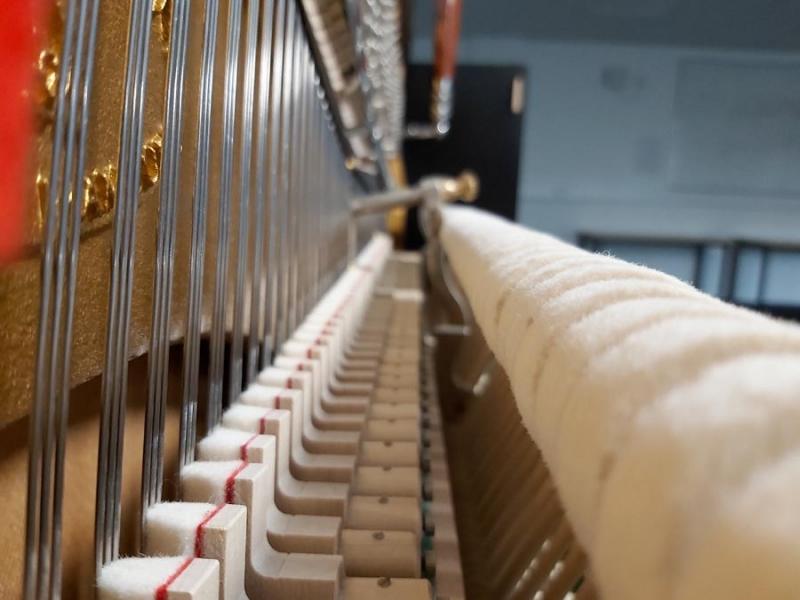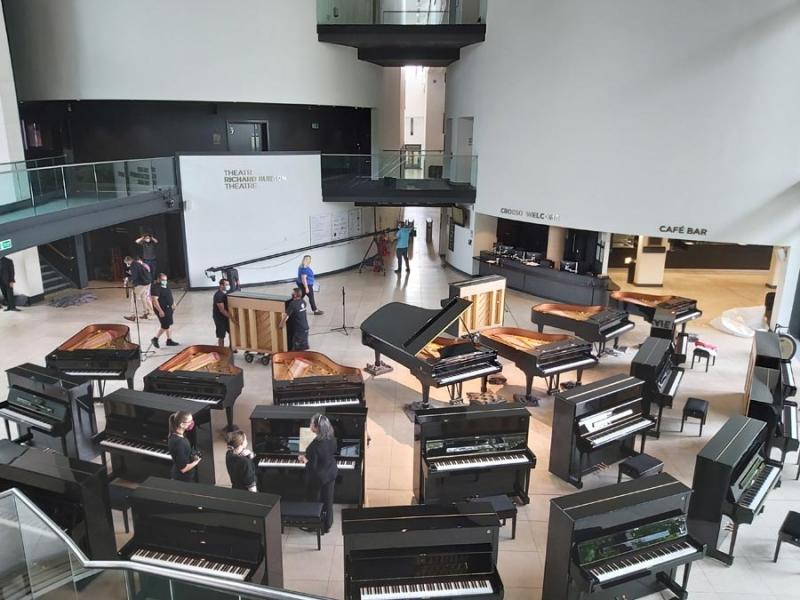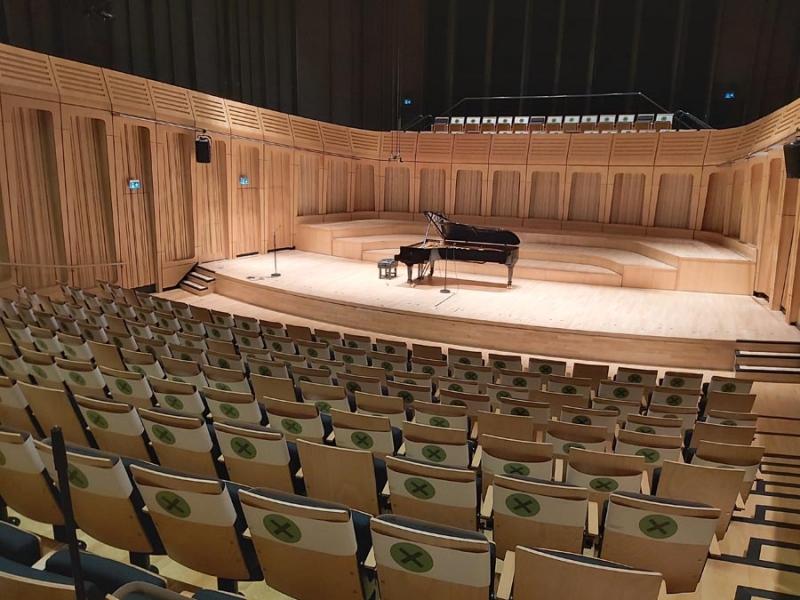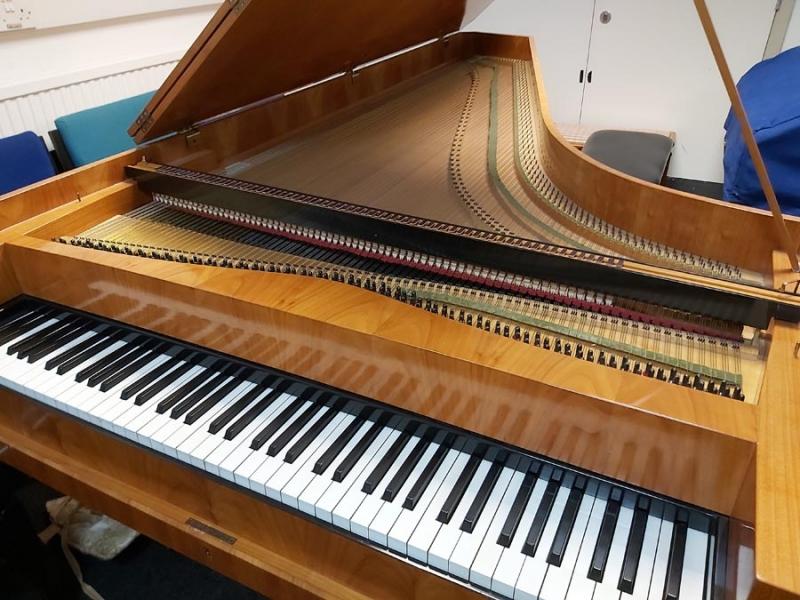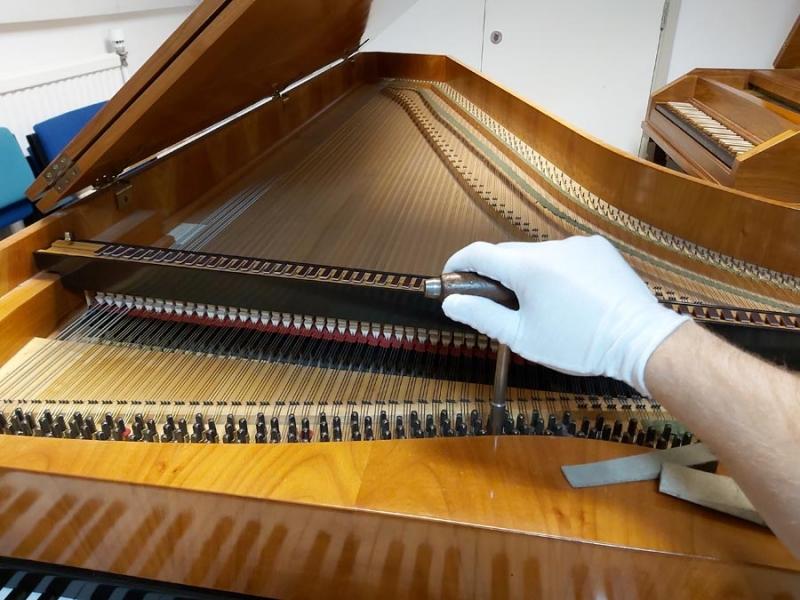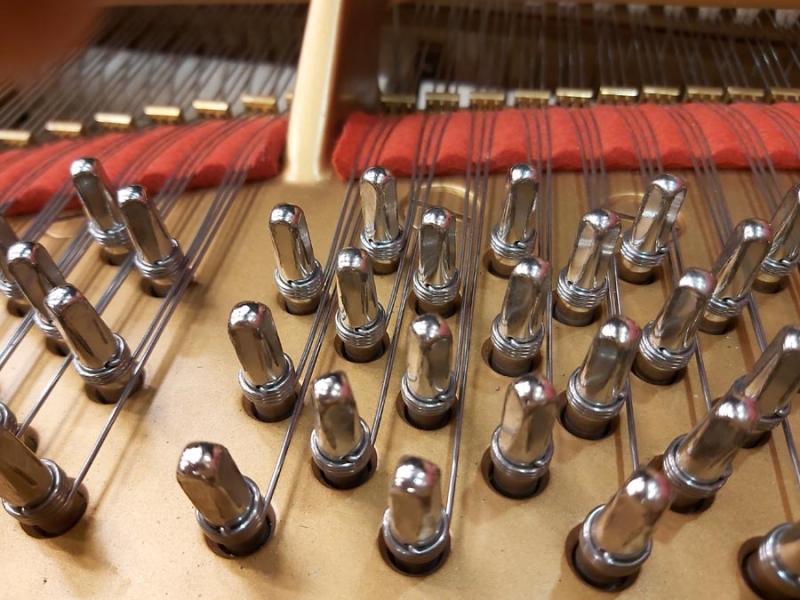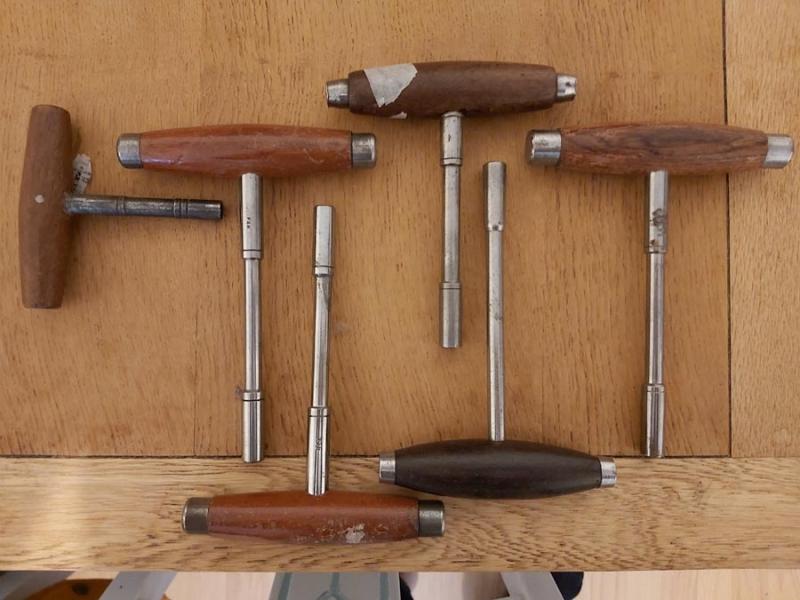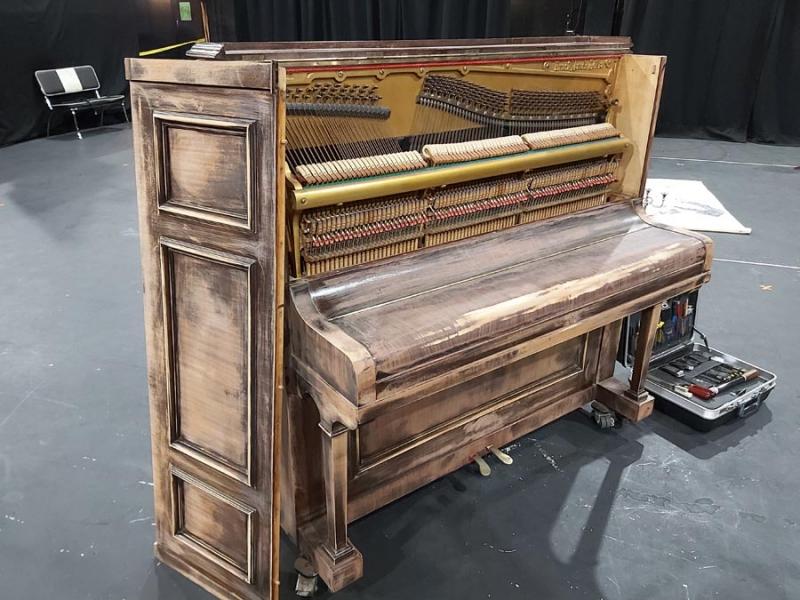
Tuning Your Piano
Without a doubt, the most important part of maintaining an acoustic piano is to keep it regularly tuned. Not only does this keep the piano sounding at its best, but it is also important for the health and longevity of the instrument; a piano which is not regularly tuned will become disappointing to play, and the further it moves from pitch, the harder it will be for a technician to bring it back again to where it should be.
There are many reasons why pianos go out of tune. It is a misconception that a piano which has not been played will stay at pitch. Humidity and temperature play a huge part in pianos drifting away from sounding pure. A piano is made largely out of organic material; wooden and felt parts can draw in extra moisture from the air, variations in temperature will cause every part of the instrument to expand and contract, and this will all contribute to the subtle changes in the tuning of a piano which, after a time, become noticeable to the player.
On average, a piano should be tuned every six months, although the exact tuning schedule which is best for you and your instrument may be more or less frequently than this. If you have any doubt as to what would be best for you, we are happy to advise you over the phone, or when we visit your piano for its first tuning session with us.
Beyond Tuning
Sometimes, even if a piano is in tune, the overall sound of the instrument can still be uninspiring. It may be that the instrument sounds too harsh, or bright. Perhaps certain areas of the piano sound dull and lifeless, where others are still full of brilliance. When we talk about this, we are referring to the pianos tone. Over time, as the piano ages, the tone of the piano will also begin to deteriorate. This is completely treatable, and is known as voicing, or toning.
From time to time, the piano will probably also develop other issues of a more mechanical nature. You may notice sticking keys, or notes not sounding properly. Perhaps the keys no longer sit at the same height, or you begin to hear clicking noises coming from within the piano. Again, this is completely treatable; most smaller issues in a piano can be remedied in a relatively short space of time, through a process called regulation. Regulation is similar to having a car serviced; all moving parts of the piano are analysed and adjusted to their optimum, and the action lubricated and all adjustments set to factory standards, to accommodate for any wear and tear of the material parts.
Rebuilding/Restoration
Well looked-after pianos which have been carefully and routinely maintained will have a very long life. However, nothing lasts forever, and eventually it will no longer be possible for a piano to be at its best by tuning and servicing alone.
Rebuilding a piano means exactly that; the piano is broken down to its component parts and then ‘rebuilt’ from the ground up. Any part which is showing signs of wear and tear is replaced with brand new parts, specially sourced to match the specifications and build quality of the original. The piano is measured and plotted to discover the original design and construction for that particular make and model, and is then reassembled.
Though this work can be very expensive, the end product is effectively a new piano – capable of sounding and playing just as well as it did when it was first manufactured. It also ensures that the piano will live on into a new generation; with all new parts, there is no reason that the piano will not last for the same amount of time which had passed between its construction and this work being necessary.
Rebuilding is often a labour of love, both for the owner of the piano, and for the technician carrying out the work. Sometimes, a piano which has been fully rebuilt will not be as valuable as the cost of the rebuild work, and this must be given careful consideration if an owner is thinking of having this work undertaken. Please feel free to talk to us regarding more extensive work on an older piano.

